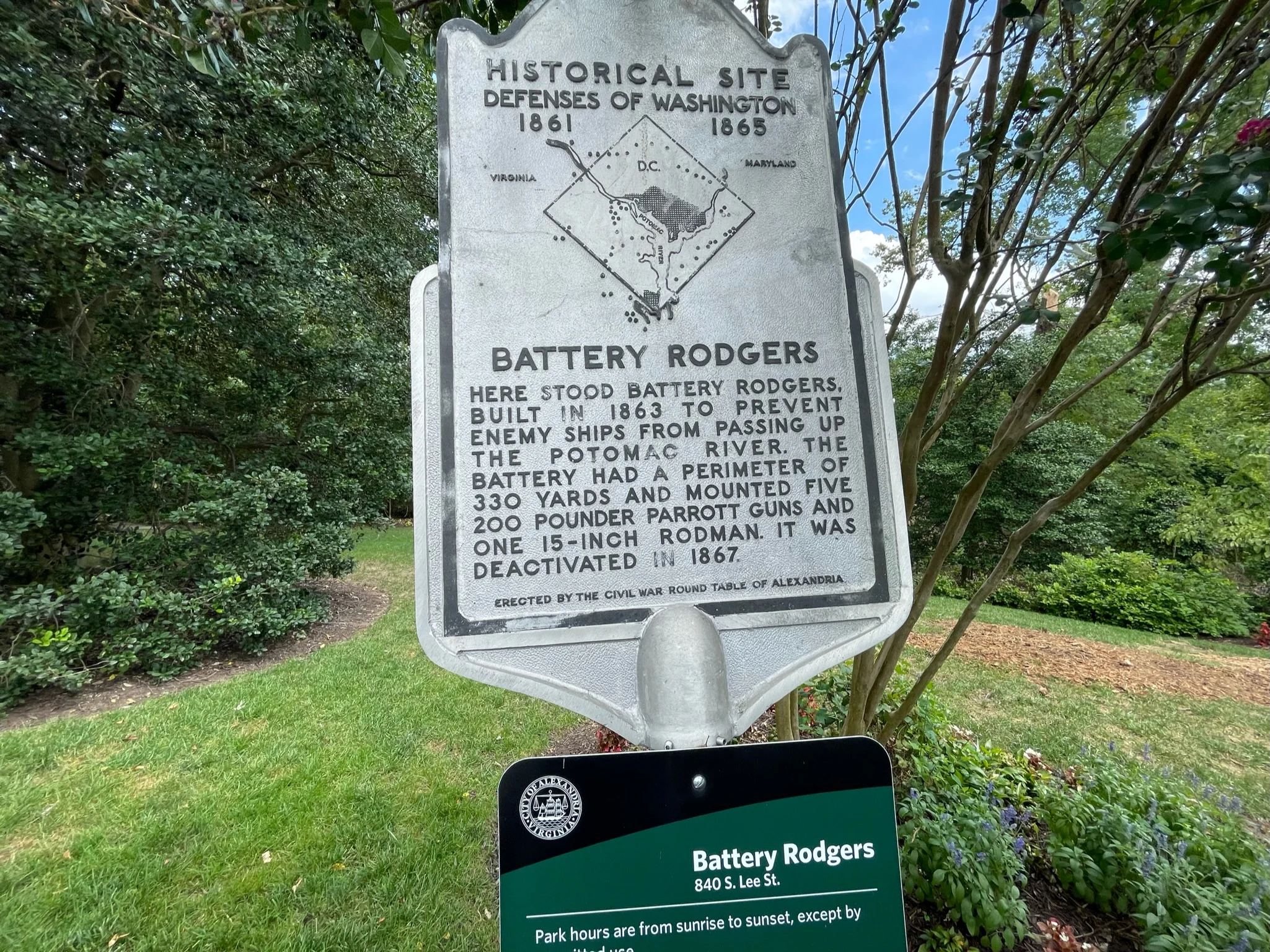Currently Empty: $0.00
Battery Rodger and Its Historical Significance
Description
Battery Rodger and Its Historical Significance
Loacted along the banks of the Potomac River, Battery Rodger stands as a testament to the historical defenses of Washington during the tumultuous period of 1861-1865. Built in 1863, this military installation played a crucial role in preventing enemy ships from advancing up the Potomac River during the American Civil War.
Defensive Architecture and Armament
Battery Rodger boasted a formidable defensive design, with a perimeter spanning 30 yards. The heart of its strength lay in the impressive weaponry it housed, including five 200-pounder Parrott guns and one formidable 15-inch Rodman cannon. These artillery pieces, strategically positioned along the battery, symbolized the military might and determination of the Union forces during a pivotal era in American history.
Strategic Deactivation in 1867
As the echoes of the Civil War faded, so did the need for Battery Rodgers. In 1867, the decision was made to deactivate the battery, marking the end of its active service. While the guns fell silent, the historical significance of Battery Rodgers endured, leaving behind a tangible reminder of the challenges faced and overcome during a time of national crisis.
Today, Battery Rodger stands as more than just a collection of historical artifacts; it is a living monument to the dedication and sacrifice of those who served in defense of the nation’s capital. Visitors can explore the remnants of this once-mighty military installation, gaining insights into the strategic brilliance of its design and the courage of the soldiers who manned its defenses.
As you stroll through the grounds of Battery Rodger, take a moment to envision the past – the tension, the resilience, and the steadfast commitment to preserving the Union. This site serves as a bridge connecting us to a pivotal chapter in American history, where the Potomac River served as a natural barrier and Battery Rodgers stood as a guardian against potential threats. In its historical context, Battery Rodger emerges not just as a relic but as a living narrative, inviting us to reflect on the challenges faced by those who defended Washington during a time of uncertainty and upheaval.





